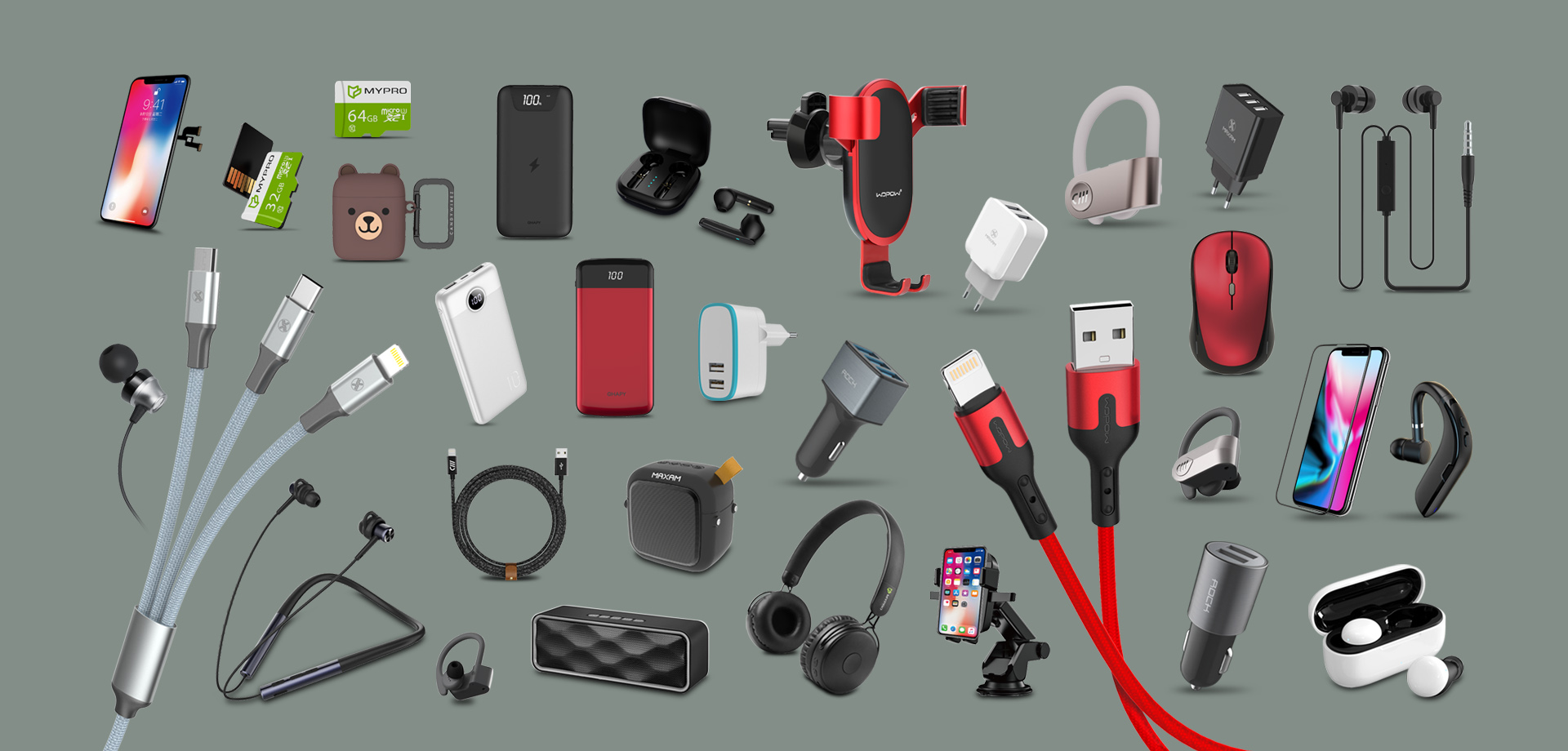The global shortage of electronic components has disrupted industries worldwide, particularly in consumer electronics, automotive, telecommunications, and industrial manufacturing. Rising demand, coupled with supply chain challenges caused by the COVID-19 pandemic and geopolitical tensions, has led to longer lead times and higher costs for critical components such as semiconductors, capacitors, and microcontrollers.
Amid this crisis, China has emerged as a key market for addressing these shortages, thanks to its vast manufacturing base, robust supplier networks, and diverse production capabilities. This blog explores the causes of the component shortage, why China is uniquely positioned to offer solutions, and strategies for leveraging China’s market to navigate this challenging environment.
1. Understanding the Global Component Shortage
The global component shortage has been driven by several factors:
- Surging Demand:The rapid growth of sectors like 5G, IoT, and electric vehicles (EVs) has dramatically increased demand for semiconductors and other components.
- Pandemic Disruptions:Factory closures and transportation delays during the COVID-19 pandemic disrupted supply chains worldwide.
- Geopolitical Tensions:Trade restrictions and tariffs have limited access to key components for some regions.
- Raw Material Scarcity:Limited availability of essential raw materials like silicon has compounded the problem.
Industries reliant on electronic components are facing delays, increased costs, and production halts, making it critical to find alternative sourcing strategies.
2. Why China is a Key Solution to the Component Shortage
China’s electronics manufacturing ecosystem provides several advantages for businesses seeking to mitigate the impact of the component shortage:
Diverse Supplier Network:
China is home to thousands of component manufacturers, from small-scale producers to large-scale factories capable of meeting global demand. Buyers have access to a wide variety of suppliers, enabling them to find suitable alternatives quickly.
Rapid Production Capacity Expansion:
Chinese factories are known for their ability to ramp up production in response to market demands. This flexibility allows buyers to secure critical components even during periods of high demand.
Proximity to Raw Materials:
Many key raw materials used in electronic components, such as rare earth elements and silicon, are sourced and processed in China, ensuring a steady supply for local manufacturers.
Cost Competitiveness:
Despite rising material costs, China’s efficient production processes and economies of scale help keep prices competitive compared to other regions.
Strong Export Infrastructure:
With advanced logistics networks and export policies, China can deliver components to international buyers quickly and efficiently.
3. Strategies for Navigating the Shortage Using China’s Market
To effectively address the component shortage, businesses can adopt the following strategies when sourcing from China:
Diversify Suppliers:
Relying on a single supplier increases vulnerability to disruptions. By working with multiple suppliers in China, businesses can mitigate risks and ensure a consistent supply of components.
Focus on Substitute Components:
In many cases, alternative components can be used without compromising product functionality. Chinese suppliers often have access to a wide range of component options, making it easier to identify substitutes.
Leverage Procurement Agents:
Working with a local procurement agent in China simplifies the sourcing process. These agents have established relationships with suppliers and can quickly identify reliable options for buyers.
Negotiate Long-Term Agreements:
Securing long-term contracts with Chinese suppliers ensures priority access to components, even during periods of high demand.
Invest in Inventory:
Businesses may consider stocking up on critical components to avoid future shortages. China’s competitive pricing allows buyers to build inventory without incurring excessive costs.
4. Conducting Supplier Audits to Ensure Reliability
Given the urgency of addressing the shortage, it’s tempting to work with any supplier offering immediate availability. However, this approach carries risks, such as receiving substandard or counterfeit components. Conducting thorough supplier audits is essential to verify quality and reliability. Key steps include:
- Reviewing Certifications:Ensure the supplier complies with international quality standards such as ISO 9001 and RoHS.
- Inspecting Production Facilities:Verify that the factory has the equipment and capacity to meet your requirements.
- Evaluating Track Records:Check the supplier’s history of delivering quality components on time.
Buyers can also engage third-party inspection agencies or procurement agents to perform audits on their behalf.
5. The Role of Technology in Managing the Shortage
Advanced technologies can help businesses navigate the component shortage more effectively:
- Supply Chain Management Software:Tools like ERP systems provide real-time visibility into inventory levels, lead times, and supplier performance.
- AI-Driven Demand Forecasting:Predictive analytics can help businesses anticipate future component needs and plan their sourcing strategies accordingly.
- Blockchain for Transparency:Blockchain technology enhances supply chain transparency, allowing buyers to verify the authenticity and origin of components.
Chinese suppliers are increasingly adopting these technologies, making them valuable partners for buyers seeking innovative solutions.
6. Success Stories: How Businesses Overcame the Shortage with China’s Help
Automotive Industry Example:
A European automotive manufacturer faced delays in sourcing semiconductors due to the global shortage. By partnering with Chinese suppliers, they secured alternative chips that met their technical requirements and resumed production within weeks.
Consumer Electronics Case Study:
A US-based startup struggled to find capacitors for their new product line. With the help of a procurement agent in China, they identified a reliable supplier offering similar capacitors at a competitive price. This allowed them to meet their product launch deadline.
7. Preparing for the Future
The component shortage is unlikely to resolve entirely in the short term. To ensure long-term resilience, businesses should adopt the following practices:
- Strengthen Supplier Relationships:Build strong partnerships with key Chinese suppliers to secure priority access to components.
- Monitor Market Trends:Stay informed about developments in the electronics market to anticipate potential shortages.
- Invest in Alternative Solutions:Explore emerging technologies, such as modular designs, that reduce dependence on scarce components.
8. Conclusion
The global shortage of electronic components presents significant challenges, but China’s electronics market offers a path forward. With its diverse supplier network, robust manufacturing capabilities, and competitive pricing, China remains an essential partner for businesses navigating supply chain disruptions.
By adopting strategic sourcing practices and leveraging China’s strengths, businesses can overcome the challenges of the component shortage and ensure continuity in their operations. For international buyers, working with local procurement agents and trusted suppliers in China is key to turning this crisis into an opportunity.






